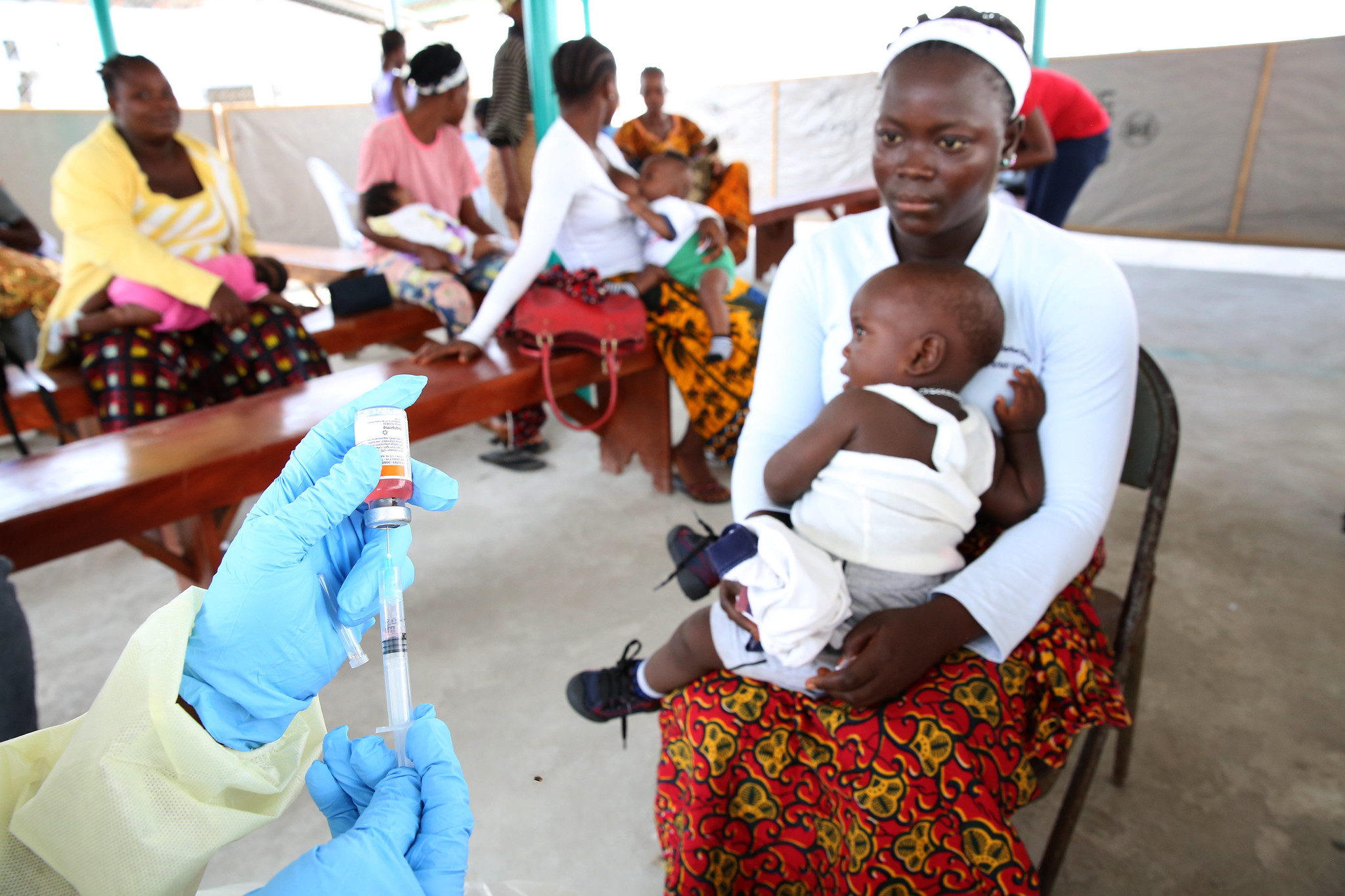Media Release
From: AAASNew Vaccines for Global Health Necessitate Investment, Public-Private Partnerships
More sustainable models of investment and vaccine development will be critical to help promising vaccine candidates for emerging diseases in low- and middle-income countries reach clinical viability, argue Rino Rappuoli and colleagues in this Perspective. Vaccines have significantly decreased the global burden of diseases such as tetanus and measles, which historically have killed millions of people. However, vaccination campaigns in developing countries have stagnated since the 1990’s due to weak market incentives, all while the emergence of drug resistant infections and diseases such as HIV and Ebola pose major dangers to global health. Rappuoli et al. first review the challenges in the three major stages – discovery, early development and late development – in the creation of a new vaccine (a process that often requires at least 15 years and up to a billion dollars). Technological advances and initiatives from medical institutes have accelerated the number of vaccines being discovered for neglected and emerging diseases. Yet high financial burdens and low expectations of profit have made it difficult for new vaccines to progress past late development, the most labor- and budget-intensive phase that is typically shouldered by large pharmaceutical companies. The authors also trace the journey of several vaccines for diseases such as Meningogoccus A that have successfully passed through late development despite facing challenges from weak market incentives. They conclude that investments in new technologies such as viral vectors and emphasizing strong collaboration between funders and vaccine developers will help mitigate late-stage development costs and encourage the deployment of these desperately-needed vaccines.


